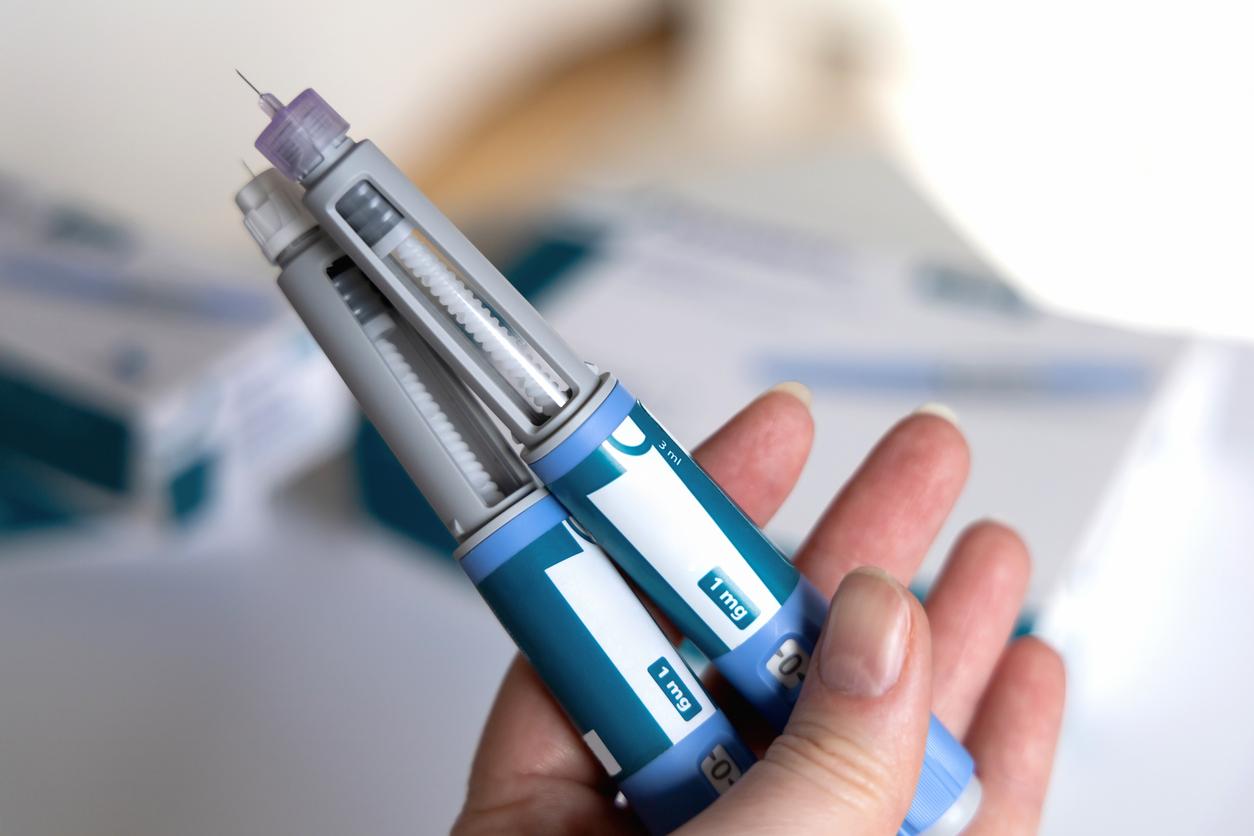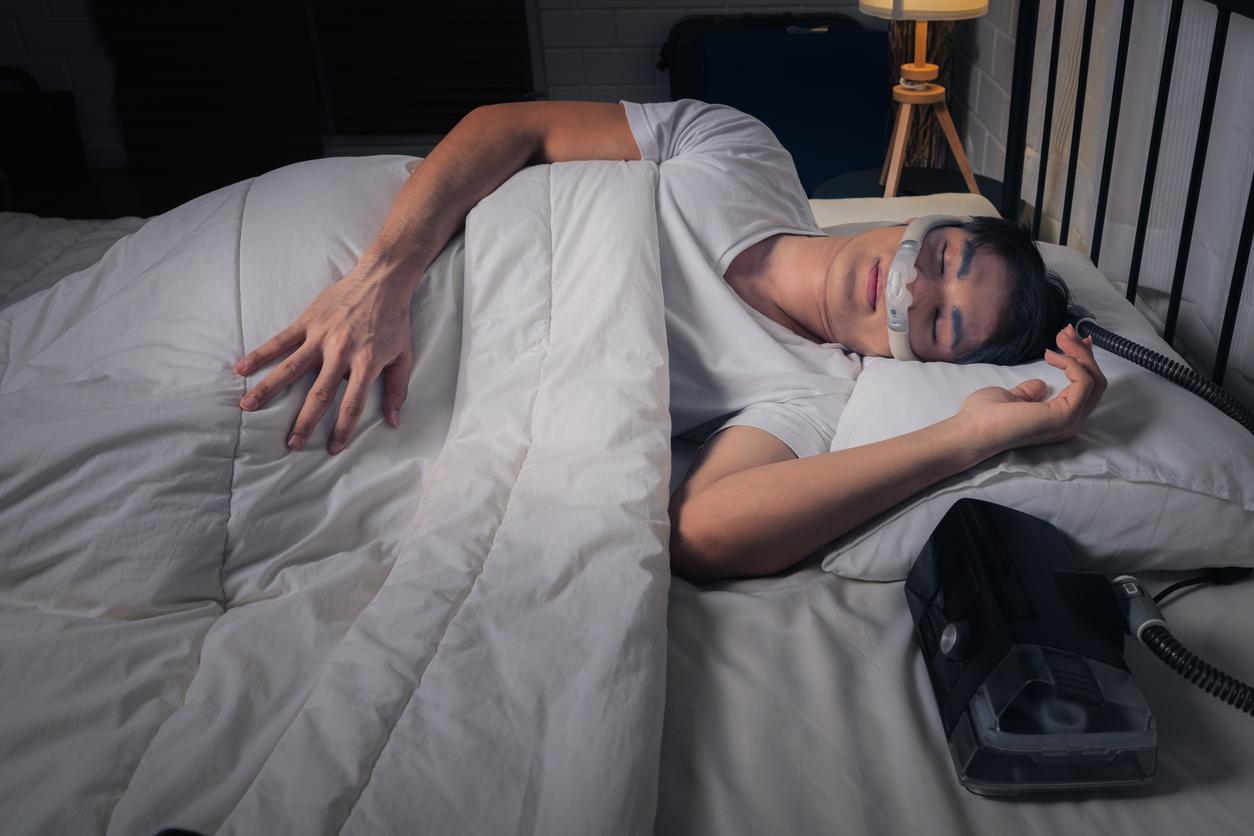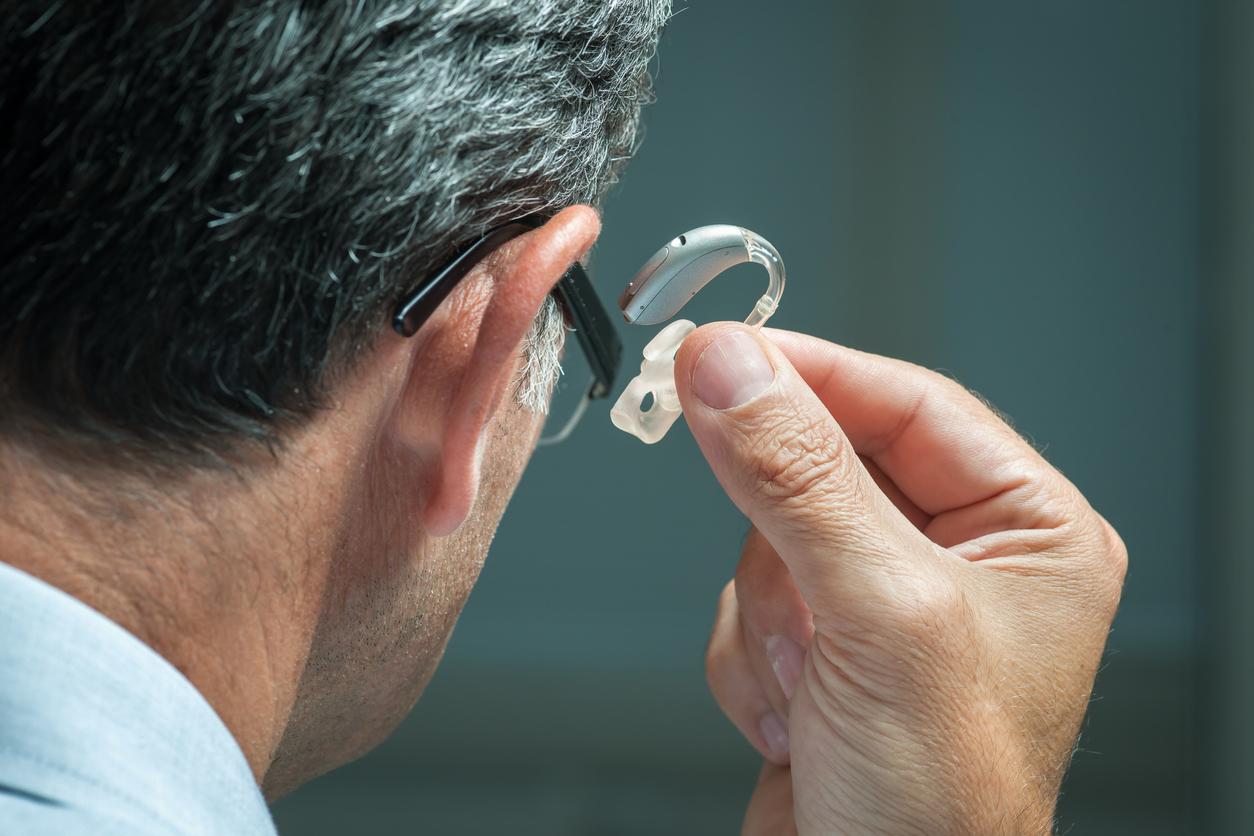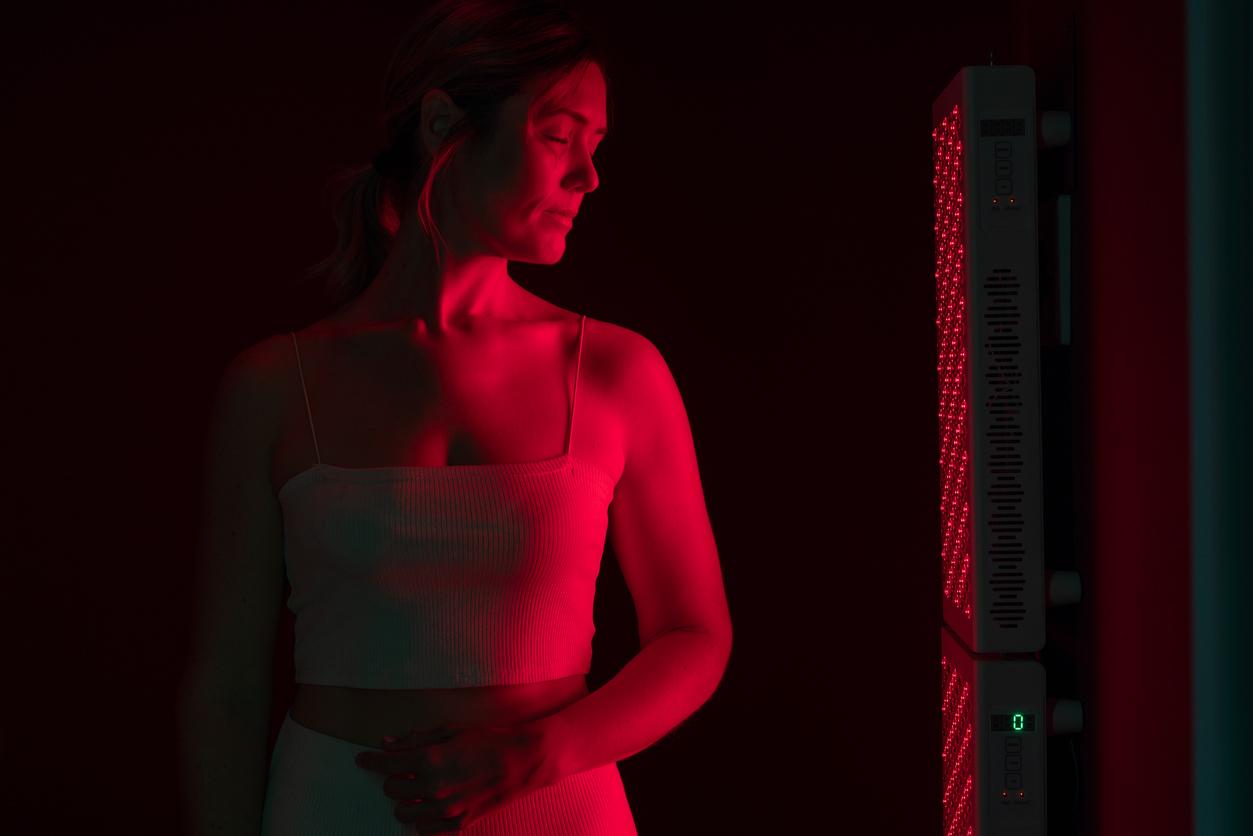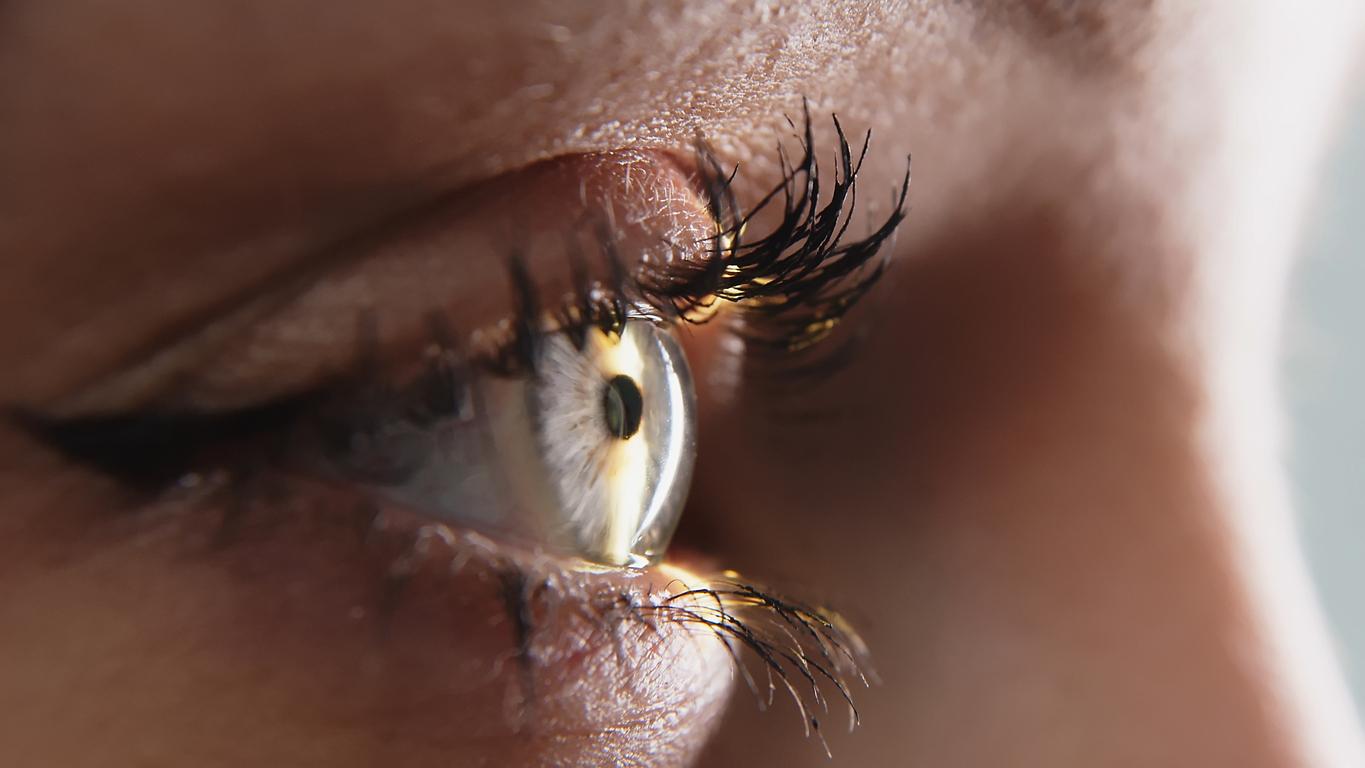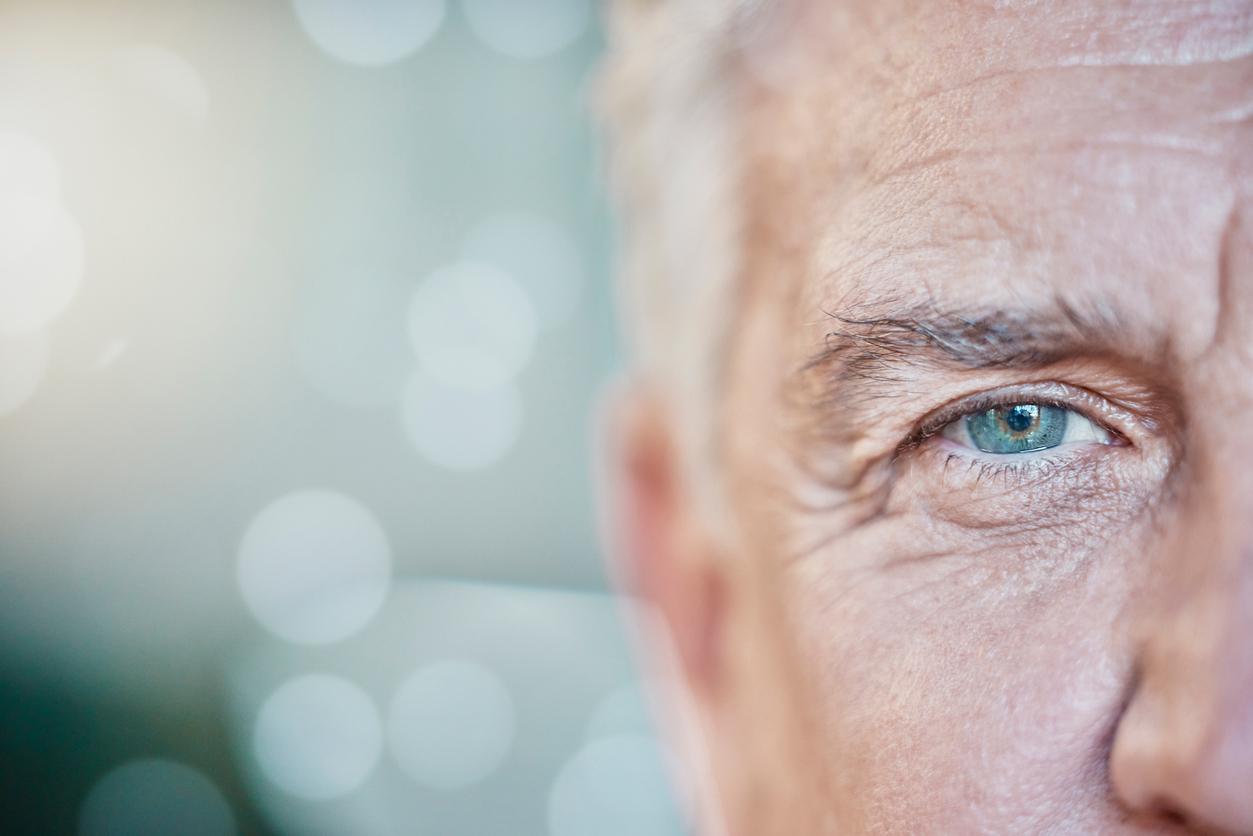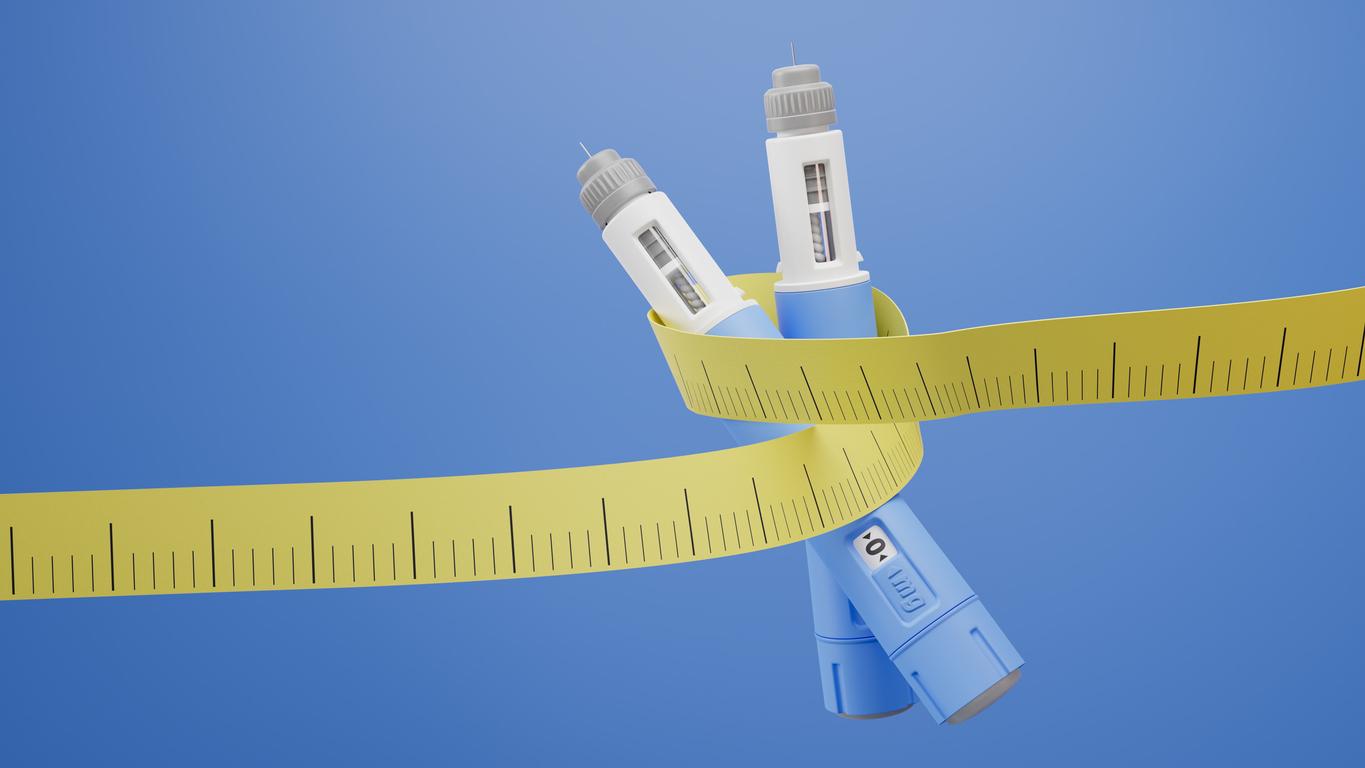A British team has implanted the first bionic eye in a patient with AMD. The 80-year-old man managed to recover his central vision.
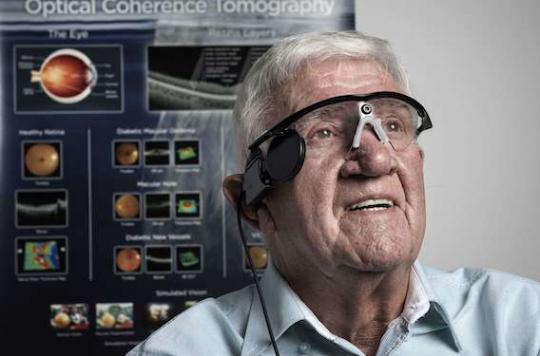
No treatment is yet available for age-related macular degeneration (AMD). But a partial solution might be available. A clinical trial evaluates the effectiveness of a retinal prosthesis in restoring central vision. The first patient was implanted at Manchester Royal Eye Hospital (UK). A month and a half after the operation, the manufacturer of Argus II, Second Sight Medical Products, reports encouraging results.
The procedure, performed by Dr. Paulo Stanga, involves placing a few electrodes on the surface of the retina. They will be connected, wirelessly, to a miniature camera attached to the patient’s glasses. The device sends the information through a series of electrical pulses. The few retinal cells still alive translate them into luminous patterns. The patient will learn to decode them.
Clean lines
At 80 years old, Ray Flynn has advanced AMD. Before the operation, he no longer had any central vision. Between the implantation, on June 16, and the activation of the system, more than two weeks elapsed. Then begins a test phase. Ray Flynn is placed in front of a computer screen. Black and white patterns, oriented in different directions, appear. If the device works, it should be able to identify the direction of the lines and differentiate the diagonals from the horizontals. The test is positive and shows that the octogenarian has recovered his central vision. Through rehabilitation, the accuracy of the device is expected to improve further. In fact, this bionic eye makes it possible, in the long term, to distinguish the contours of people, even with closed eyes. It therefore complements peripheral vision, which is spared by AMD.
20 million patients
“Currently, retinal prostheses on the market are exclusively reserved for patients with a rare disease, retinitis pigmentosa,” recalls Dr. Stanga. I look forward to being able to treat other patients with dry AMD. He also recruited 4 other patients as part of the clinical trial.
The bionic eye is a real source of hope for patients with dry AMD – which accounts for 85% of AMD cases. More than 20 million people are affected worldwide, and it is the leading cause of blindness in the West. Therapeutically, only a few food supplements can slow the progression of the disease.
.








